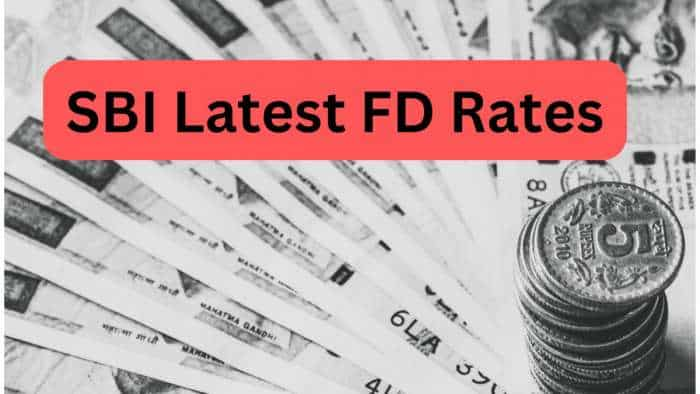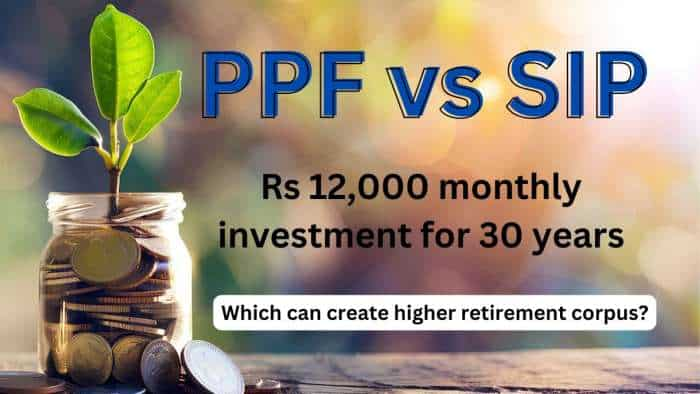One year of GST: How the Indian economy's future looks like
One year of GST: GST was launched for efficient tax collection, reduction in corruption, easy inter-state movement of goods, etc.

One year of GST: The first anniversary of Goods and Services Tax (GST) is being celebrated today. On July 1, the NDA government finally managed to launch the 16-year old pending GST in India which brought ‘One Nation, One Tax’ format in the country. Accepting GST was not an easy task for many of industries and consumers. However, the regime was aimed at achieving higher goals that would benefit the Indian economy in a major way and open the door for explosive growth. One year of GST: GST was launched for efficient tax collection, reduction in corruption, easy inter-state movement of goods, etc.
Talking about the long-term benefits, ClearTax report stated that, it is expected that GST would not just mean a lower rate of taxes, but also minimum tax slabs. Countries where the Goods and Service Tax has helped in reforming the economy, apply only 2 or 3 rates – one being the mean rate, a lower rate for essential commodities, and a higher tax rate for the luxurious commodities.
According to ClearTax, currently, in India, we have 5 slabs, with as many as 3 rates – an integrated rate, a central rate, and a state rate. In addition to these, cess is also levied. The fear of losing out on revenue has kept the government from gambling on fewer or lower rates.
It adds, “This is very unlikely to see a shift anytime soon; though the government has said that rates may be revisited once the RNR (revenue neutral rate) is reached.”
Watch this Zee Business video here:
Here’s how India will perform ahead, as per ClearTax.
The impact of GST on macroeconomic indicators is likely to be very positive in the medium-term. Inflation would be reduced as the cascading (tax on tax) effect of taxes would be eliminated.
The revenue from the taxes for the government is very likely to increase with an extended tax net, and the fiscal deficit is expected to remain under the checks. Moreover, exports would grow, while FDI (Foreign Direct Investment) would also increase.
The industry leaders believe that the country would climb several ladders in the ease of doing business with the implementation of the most important tax reform ever in the history of the country.
This regime has been in effect from July 01, 2017 by replacing several taxes like central excise duty, services tax, additional customs duty, surcharges, state-level value added tax and Octroi. Even other levies which were applicable on inter-state transportation of goods have also been done away with in GST regime.
GST is levied on transactions like sale, transfer, purchase, barter, lease, or import of goods and/or services.
There are five tax slabs in GST namely 0%, 5%, 12%, 18% and 28%. They are imposed on variable items like soaps, washing detergents, movie tickets, restaurants bill, dry items, under-construction property, chocolates, sweets, dry fruits and many more.
Get Latest Business News, Stock Market Updates and Videos; Check your tax outgo through Income Tax Calculator and save money through our Personal Finance coverage. Check Business Breaking News Live on Zee Business Twitter and Facebook. Subscribe on YouTube.
RECOMMENDED STORIES

SBI Latest FD Rates: PSU bank pays these returns to senior citizens and other depositors on 1-year, 3-year and 5-year fixed deposits

SIP in Stocks For New Year 2025: Market guru Anil Singhvi recommends 1 largecap, 2 midcap scrips to buy in dips; note down targets

Power of Rs 15,000 SIP: How long it will take to achieve Rs 7 crore corpus? See calculations to know

PPF vs SIP: Rs 12,000 monthly investment for 30 years; see which can create higher retirement corpus
11:18 AM IST









 GST collections in December increase 7.1% to Rs 1.76 lakh crore
GST collections in December increase 7.1% to Rs 1.76 lakh crore Tax officials initiate inspection of M&M records in Chennai
Tax officials initiate inspection of M&M records in Chennai Popcorn sold in movie theatres to attract 5% GST
Popcorn sold in movie theatres to attract 5% GST GST on old used cars only when sale price higher than depreciated value
GST on old used cars only when sale price higher than depreciated value  States not in favour of bringing ATF under GST, says finance minister
States not in favour of bringing ATF under GST, says finance minister